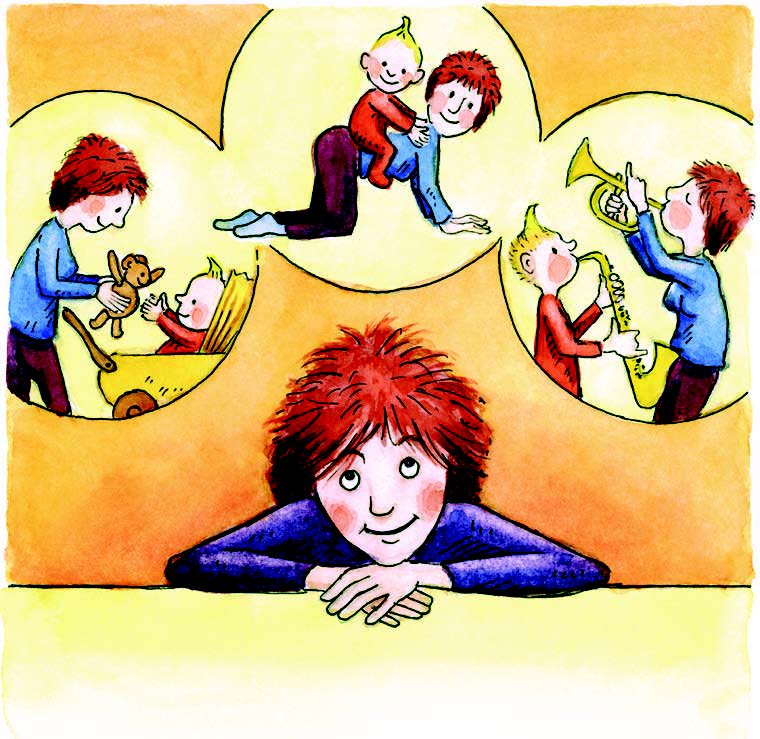1. Autologous blood stem cell transplantation
Author: Dr. med. Gesche Riabowol née Tallen, Dr. med. Jörn Kühl, Editor: Maria Yiallouros, English Translation: Dr. med. Gesche Riabowol (nee Tallen), Last modification: 2024/05/04 https://kinderkrebsinfo.de/doi/e76573
In an autologous blood stem cell transplant ("auto-" is a Greek syllable meaning "self"), the patient receives his/her own blood stem cells, which were collected from him/her peripheral blood or bone marrow at an appropriate time before the intensive treatment.
This strategy (autologous HSCT) considers that residual cancer cells still exist after conventional therapy. Eliminating these residual tumour cells requires intensification of chemotherapy and/or radiotherapy. The necessary high doses in order to do so will not only destroy those remaining cancer cells, but also the patient’s bone marrow cells at the same time. As a consequence, vital blood cells cannot be formed any longer.
Autologous stem cell transplantation is intended to replace the destroyed bone marrow. In summary, autologous stem cell transplantation does not serve as the primary treatment of the underlying disease, but as a strategy to make the use of high-dose therapy possible. It is also not a transplant in the true sense of the word, as the patient's cells are re-transfused (not transplanted).
Since autologous HSCT involves the re-transfusion of the patient‘s own blood stem cells, it can only be used in patients whose illnesses are not associated with bone marrow disease. Also, high-dose therapy will only be efficient in patients whose diseases responded at least to a certain degree to conventional treatment (such as standard chemotherapy).
Autologous stem cell transplantation in children and adolescents may be indicated in patients with high-risk stages of the following cancers:
- Hodgkin lymphoma and Non-Hodgkin lymphomaen
- neuroblastoma
- some CNS tumours (seldomly)
- some soft tissue sarcomas (seldomly)
- leukaemias (acute lymphoblastic leukaemia oder acute myeloid leukaemia): in very rare exceptional cases
Since the forms and stages of the disease for which autologous stem cell transplantation is possible occur rather rarely in childhood and adolescence, this procedure is also performed relatively rarely.
In autologous stem cell transplantation, there are no endogenous rejection-reactions (so-called immunological reactions), as can occur in allogeneic stem cell transplantation (due to the tissue differences between a stem cell donor and the patient). The tolerability of an autologous stem cell transplant is therefore usually good, but its effectiveness is also limited.
Note on umbilical cord blood stem cells: the use of the patient's own (autologous) stem cells from umbilical cord blood, which can be collected at birth, does currently not play a significant role in transplantation medicine. As of today, a patient's own umbilical cord blood stem cells are not considered feasible for the treatment of a malignant disease that may occur later in life. In contrast to many promises of commercial umbilical cord banks, they are usually not needed at all, since for an autologous stem cell transplant, alternative collection methods do exist, as mentioned above (the patient’s blood or bone marrow as a stem cell source).

